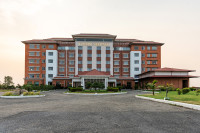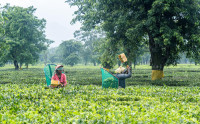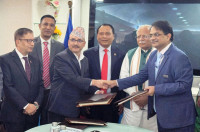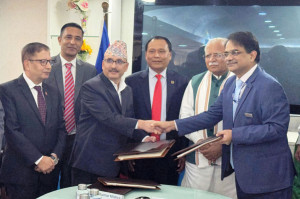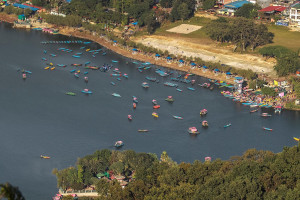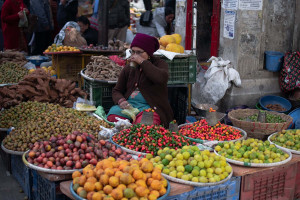Money
Peaking local tourism
With local tour operators offering a cheaper alternative with the added benefit of discovering some of the country’s tourism gems, upwardly mobile young Nepalis are increasingly taking up the option..jpg&w=900&height=601)
Sangam Prasain
The tourism industry lost heart when hotel occupancy rates plunged to less than 20 percent in 2015 in the wake of twin disasters—the devastating earthquake and crippling trade embargo.
But the disaster brought one positive change in Nepal’s tourism landscape: More Nepali adventure seekers started exploring their own country.
Millennials love to splurge on experiences. They're willing to spend on making memories than buying goods. Many young Nepalis are today looking for the ultimate adventure.
Apart from traditional leisure destinations like Pokhara, Chitwan, Lumbini and Nagarkot, the millennial loves far-flung areas and challenges. From Annapurna trekking route to Mardi trek, and from Ghandruk to Rara Lake, the country’s biggest and deepest freshwater lake in Mugu, Nepalis trekkers are everywhere, says Deepak Raj Joshi, former chief executive officer of Nepal Tourism Board.
The number of sightseers travelling from Beni to Jomsom by motorcycle has also risen sharply after the construction of the road.
While the official statistics on domestic tourist movement remain sketchy, Nepal Tourism Board says an estimated 6 million Nepali tourists may have set out to different scenic walking trails, pilgrimage sites and mountains in 2019. Those figures are based on ticket sales at national parks, world heritage sites and restricted areas in the mountain regions, and tour packages.
The growth in the middle class, improved road connectivity and digital platforms like Facebook and Instagram, where people can share photos and videos, are contributing to the domestic tourism revolution in Nepal.
The World Travel and Tourism Council, the body which represents the Travel and Tourism private sector globally, says domestic travel supports and develops local and national pride, providing a rationale for upgradation of infrastructure, disperses visitors geographically across regions, smooths seasonality and creates employment opportunities.
According to the London-based organisation, travel and tourism contributed 7.9 percent to Nepal’s gross domestic product in 2018. The tourism sector generated Rs240.7 billion in revenue to the country and supported more than 1.05 million jobs directly and indirectly.
The report says domestic tourists spent 56 percent of the total tourism revenue, or Rs134 billion on travel inside the country. And that trend is growing.
Here are five reasons why Nepalis set out to explore their own country.
Rise in disposable income
A rise in spending power among domestic consumers has been one of the significant factors for the surge in domestic travel.
Economist Chandan Sapkota says there are many reasons for a boom in domestic tourism, but higher income is the primary cause. Per capita income of a Nepali is increasing along with per capita gross national disposable income.
The Central Bureau of Statistics has estimated per capita income of a Nepali to reach $1,012 in the fiscal year 2017/18, a growth of 15.39 percent on $877 in 2016/17.
Improved connectivity
Besides the income levels, infrastructure development and transportation facilities have been driving domestic tourism. Many trekking areas have road access and hotels and restaurants have been built with the view of attracting not only foreigners but also Nepali visitors. For example, the number of sightseers travelling from Beni to Jomsom by motorcycle has risen sharply after the construction of the road.
Sapkota says today there are promotional activities targeting domestic customers as well. For instance, in the New Year event, major tourist destinations such as Pokhara, are specifically targeting domestic tourists, who show up in large numbers.
Ripple effect
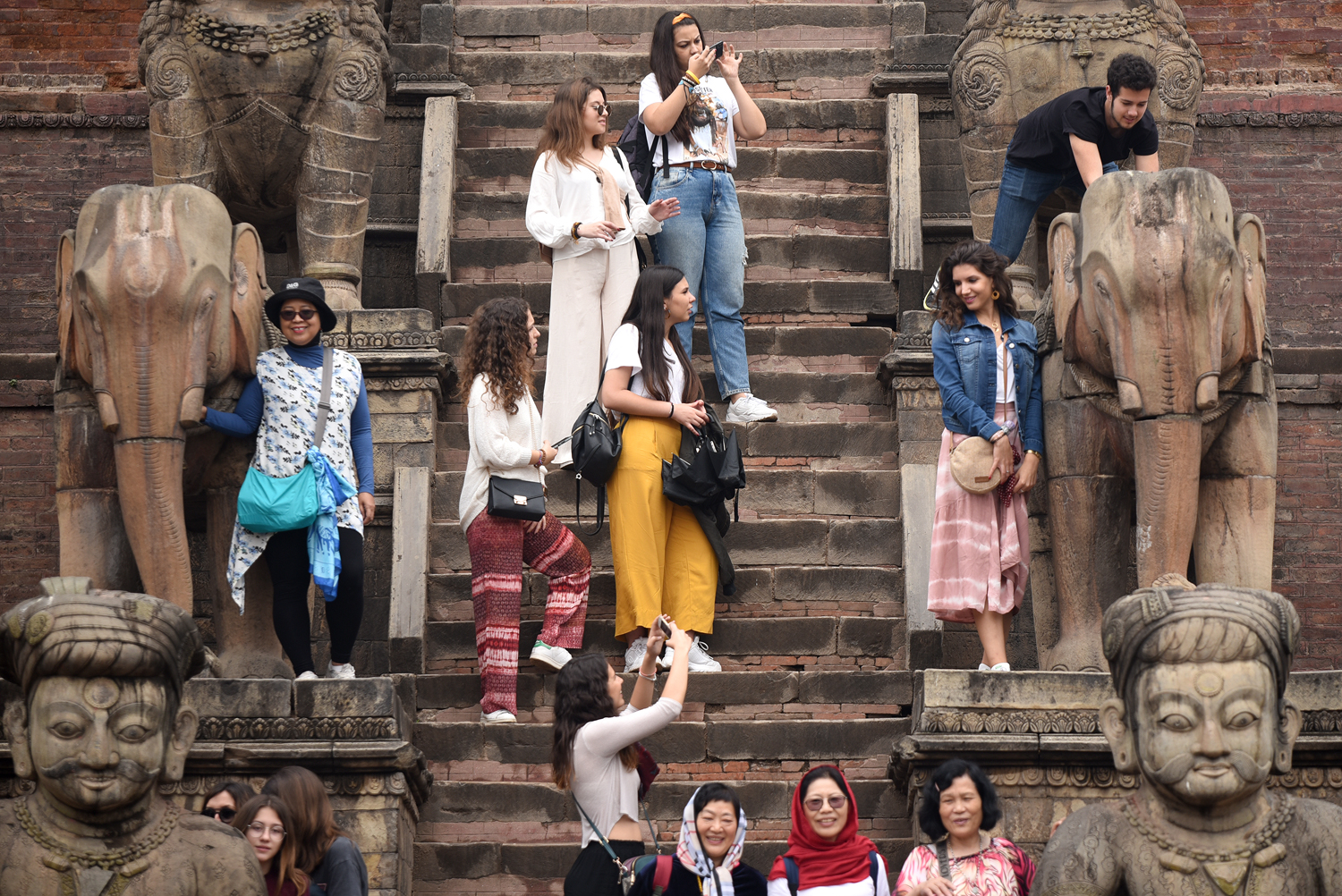
“It’s obviously the photos and videos of one traveller posted on social media platforms that appeal to another,” says former Nepal Tourism Board CEO Joshi. Facebook, YouTube, Twitter and Instagram have boosted travel and tourism to destinations all across the globe.
According to a World Bank report, in years past travellers used to buy guidebooks to visit any country and share their travel experiences with their friends and family through conversations and photo albums.
“Today, social media platforms like Instagram, Twitter and Facebook have given travellers the opportunity to share their pictures, videos and reviews of their travel experiences in real-time and this is prompting domestic travel,” says the report.
In 2017, Instagram reported more than 95 million photos and videos were published on their platform every single day, the World Bank report says, and they were ‘liked’ 4.2 billion times a day by other users.
Smartphone priming the pump
The smartphone drives people to travel. Now, there are smartphone apps for just about every aspect of travel. There are hundreds of apps available for booking flights and hotel rooms as well.
According to the World Bank report, today’s travellers have a sophisticated device to shoot travel photos and videos, edit and upload them within seconds, resulting in high-quality, experiential content available for brand use. Nearly 2.4 billion people were projected to use a smartphone in 2017, the report says. Mobile phone adoption has massively increased the amount and types of user-generated content.
Urge to take on new challenges
According to travel trade entrepreneurs, millennials who live and study abroad are more eager to explore their country as they value making this year's holiday extra special. They're often willing to spend on trekking and exploring new destinations of challenge is on their bucket lists.
Nepal Tourism Board had announced Bikram Sambat 2073 as 'Ghumphir Barsa', which means travel year, in a bid to promote domestic tourism. And that campaign seems to have set the tone.
According to Joshi, this year many adventure, pilgrimage and sightseeing destinations have been seen bustling with domestic tourists.




 18.12°C Kathmandu
18.12°C Kathmandu
